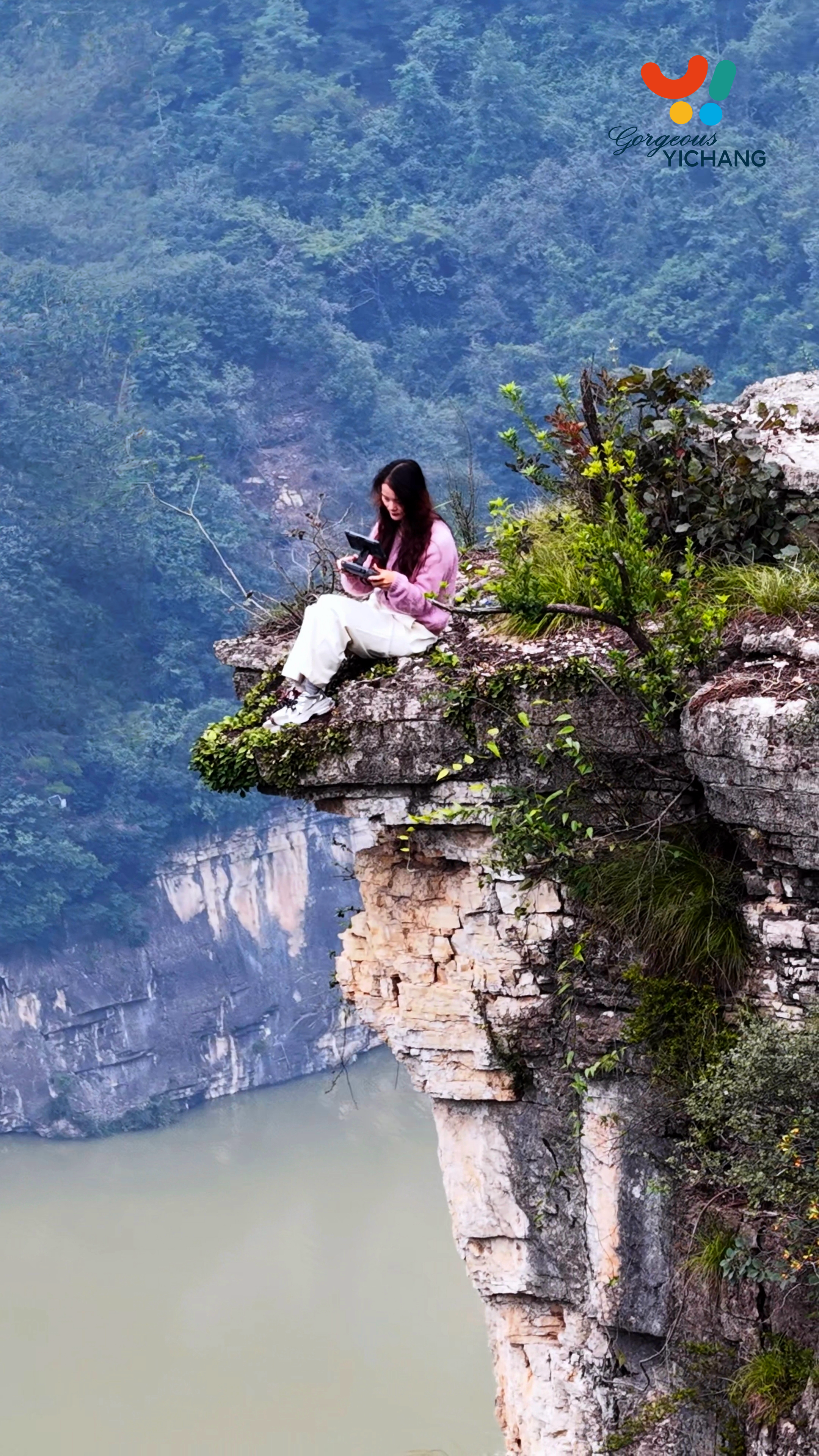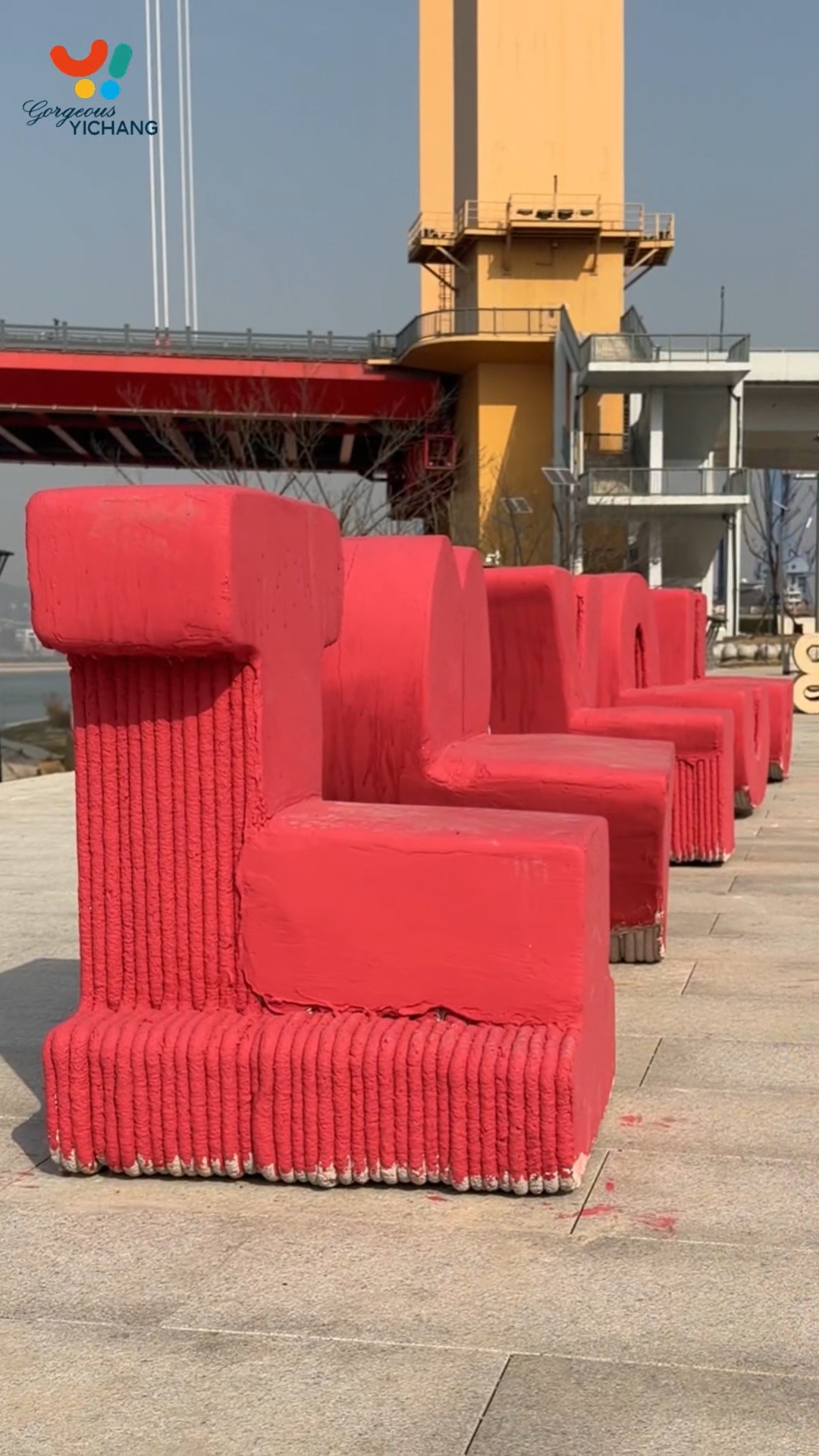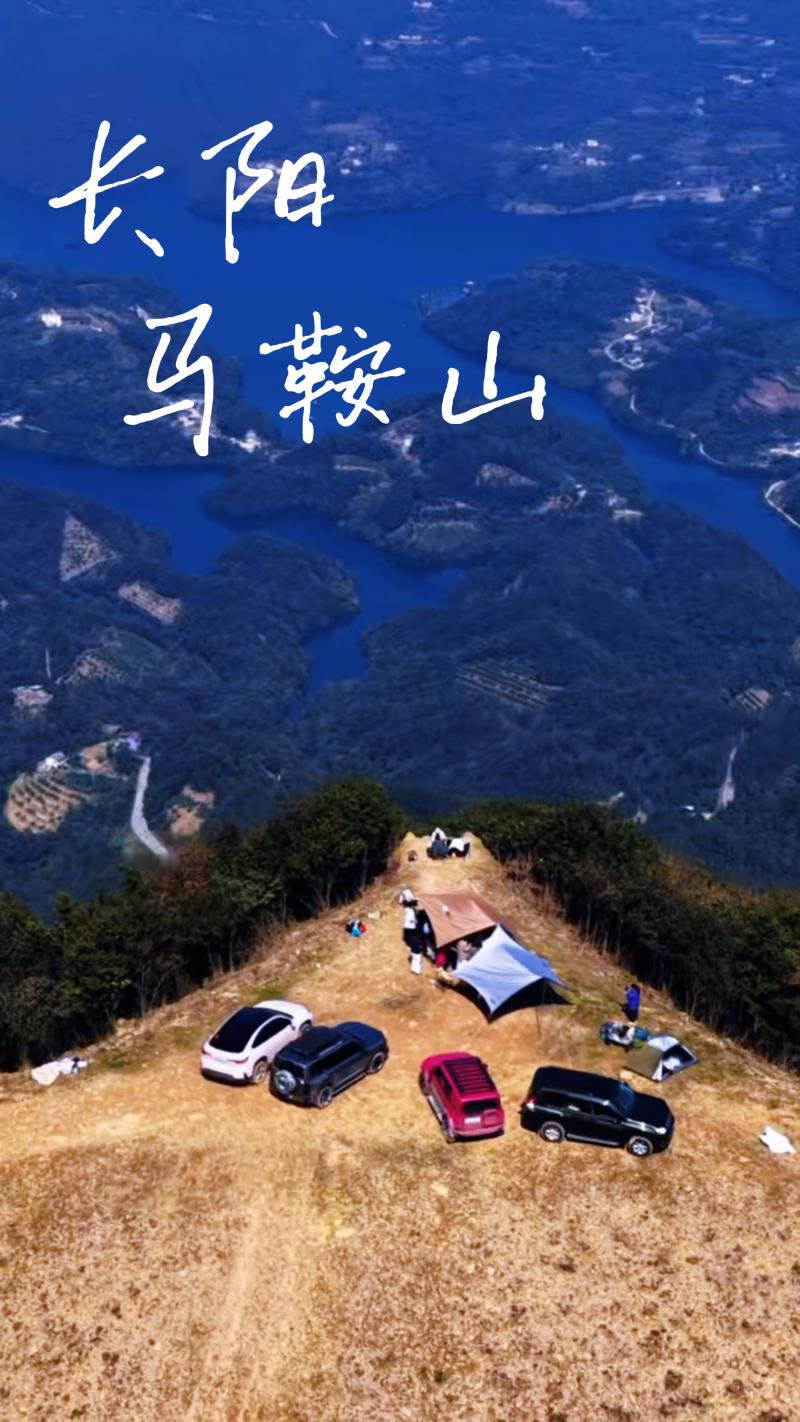Bailizhou sand pear boost income and tourism
2025-07-08 19:07:57
By Chen Si.
It is now midsummer, and Bailizhou sand pears are entering the market with multiple efforts to secure another great sales season.
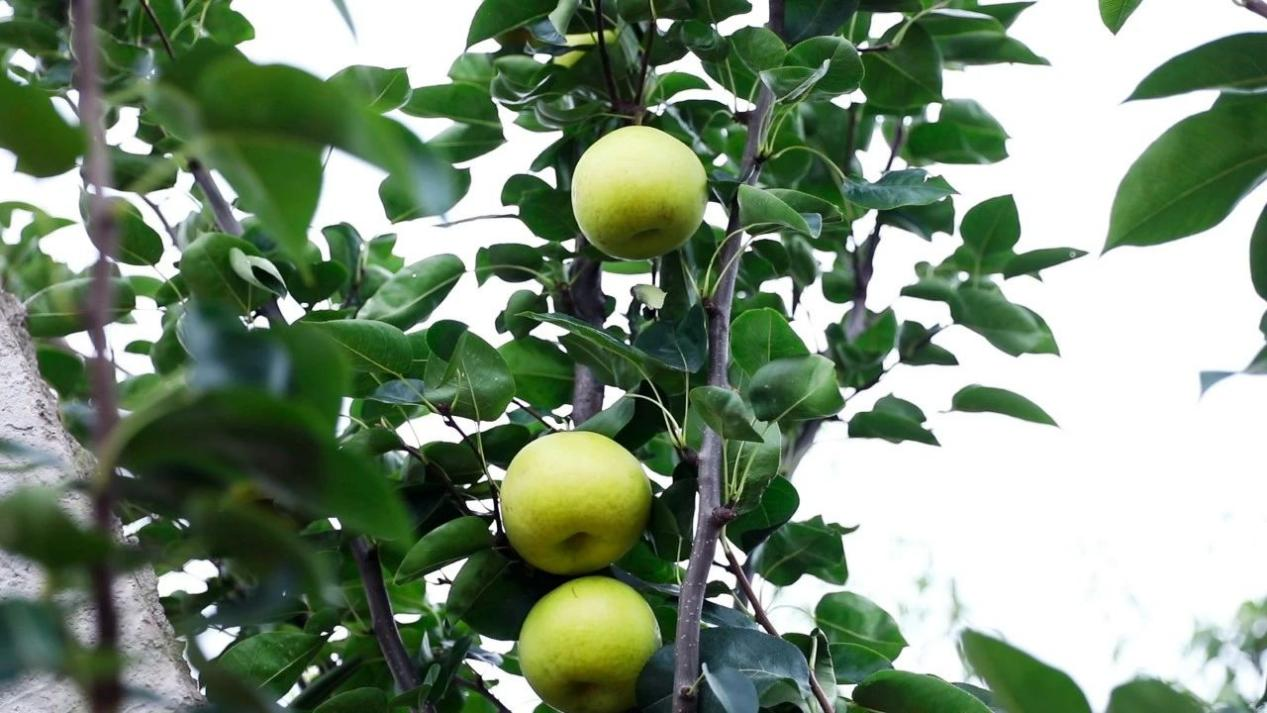
Bailizhou of Yichang’s Zhijiang area is the largest inland river island in the Yangtze River and has been crowned the title of "Home of the Chinese Sand Pear". Surrounded by water, coupled with the sandy soil alluvial by the Yangtze River, the island is very suitable to grow sand pears. In the 1990s, Bailizhou sand pear became popular across the country.
In the peak period, there are more than 100,000 mu (6,666 hectares) of land used to grow Bailizhou sand pear.
However, as Chinese people’s quality of life improved, local sand pear lost their charm because most of them were from old varieties. Their price dropped by 60 to 80 percent and the planting area shrank to only 6,000 mu.
Hu Hongju, an expert at the Fruit and Tea Institute of Hubei Academy of Agricultural Science, took notice.
"Only by improving the quality of pears can we prevent prices from falling and increase farmers' incomes," Hu said.
Since 2014, she has led a team to build a sand pear demonstration base in Bailizhou town, introducing new technologies and new varieties, such as Cuiyu and Cuiguan.
Hu also asked for help from Zhang Shaoling, chief expert of the national pear industry technology network. Since 2016, the network has sent many experts to come and help local farmers.
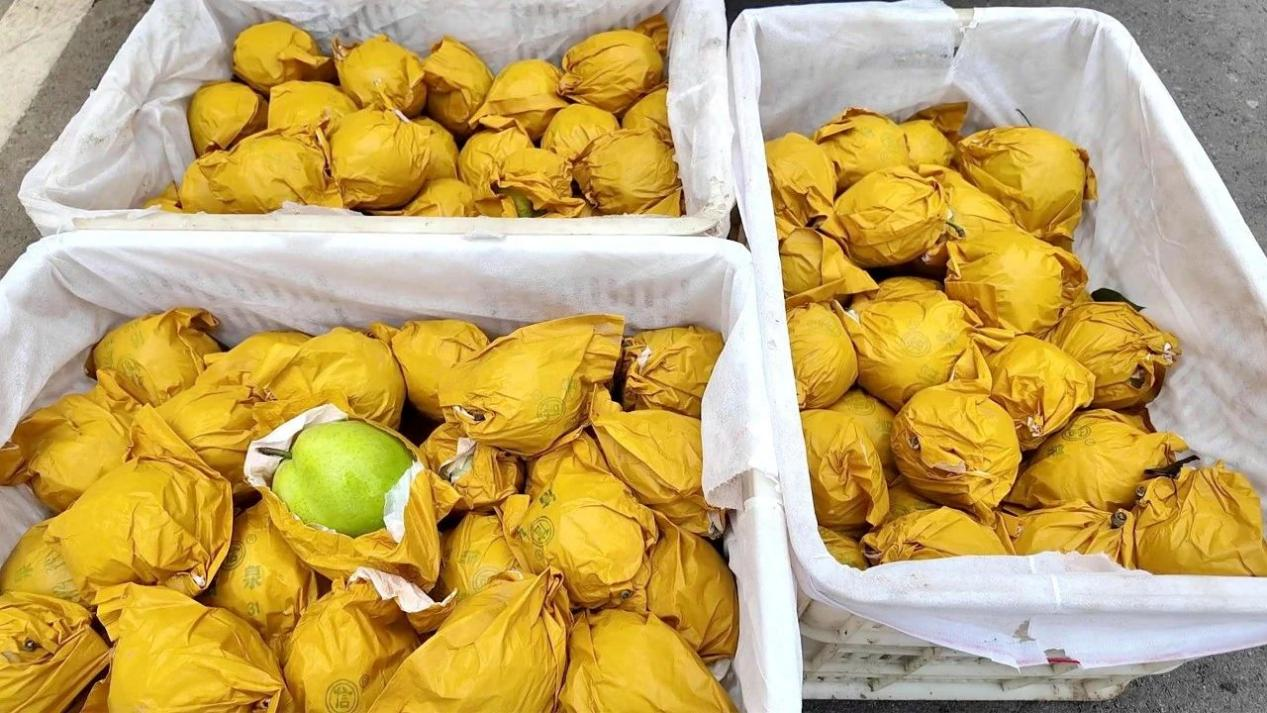
In 2021, the demonstration area was expanded to 2,000 mu, where experts taught cultivation, disease prevention and pest control knowledge to local farmers.
"The Cuiyu pear is juicy, the Cuiguan pear tastes good, the Yuanhuang pear has a round shape, and the Huangjin pear has the highest sugar content," said Bao Chunquan, head of a local fruit and vegetable cooperative.
Gradually, Bailizhou sand pear regained its popularity and orders have come back.
Bao's cooperative produces nearly 300,000 kilograms of sand pears annually, generating over 2 million yuan (US$279,000) in output value and providing local jobs for more than 100 villagers.
In 2022, Zhijiang was designated a demonstration county for the "One County, One Industry" project under the national pear industry technology system. The following year, it became one of the first National Pioneer Counties for Agricultural Science and Technology Modernization.
Zhijiang has continued to partner with the Hubei Academy of Agricultural Sciences to enhance planting techniques, including artificial pollination and covering fruits in two bags — 20 and 40 days after the flowers wither. This collaboration has resolved over 20 key technical issues, boosting farmers' income by 80 million yuan.
Currently, the planting area for Bailizhou sand pears spans 36,000 mu. In 2024, the annual output exceeded 50,000 tons, with an output value of 400 million yuan, amounting to over 10,000 yuan per mu.
In addition to economic benefits, pear tree planting has revitalized the local tourism industry.
The upper reaches of Bailizhou have become a popular sand pear planting area, where visitors can enjoy breathtaking views of pear blossoms in spring. Activities like pear blossom viewing in spring and sand pear picking in summer attract over 200,000 tourists and merchants each year.
Bailizhou has also implemented an e-commerce pre-sale agreement-signing mechanism and partnered with logistics companies to improve the cold chain warehousing system, ensuring a successful sales season for this year's sand pears.
It is now midsummer, and Bailizhou sand pears are entering the market with multiple efforts to secure another great sales season.

Bailizhou of Yichang’s Zhijiang area is the largest inland river island in the Yangtze River and has been crowned the title of "Home of the Chinese Sand Pear". Surrounded by water, coupled with the sandy soil alluvial by the Yangtze River, the island is very suitable to grow sand pears. In the 1990s, Bailizhou sand pear became popular across the country.
In the peak period, there are more than 100,000 mu (6,666 hectares) of land used to grow Bailizhou sand pear.
However, as Chinese people’s quality of life improved, local sand pear lost their charm because most of them were from old varieties. Their price dropped by 60 to 80 percent and the planting area shrank to only 6,000 mu.
Hu Hongju, an expert at the Fruit and Tea Institute of Hubei Academy of Agricultural Science, took notice.
"Only by improving the quality of pears can we prevent prices from falling and increase farmers' incomes," Hu said.
Since 2014, she has led a team to build a sand pear demonstration base in Bailizhou town, introducing new technologies and new varieties, such as Cuiyu and Cuiguan.
Hu also asked for help from Zhang Shaoling, chief expert of the national pear industry technology network. Since 2016, the network has sent many experts to come and help local farmers.

In 2021, the demonstration area was expanded to 2,000 mu, where experts taught cultivation, disease prevention and pest control knowledge to local farmers.
"The Cuiyu pear is juicy, the Cuiguan pear tastes good, the Yuanhuang pear has a round shape, and the Huangjin pear has the highest sugar content," said Bao Chunquan, head of a local fruit and vegetable cooperative.
Gradually, Bailizhou sand pear regained its popularity and orders have come back.
Bao's cooperative produces nearly 300,000 kilograms of sand pears annually, generating over 2 million yuan (US$279,000) in output value and providing local jobs for more than 100 villagers.
In 2022, Zhijiang was designated a demonstration county for the "One County, One Industry" project under the national pear industry technology system. The following year, it became one of the first National Pioneer Counties for Agricultural Science and Technology Modernization.
Zhijiang has continued to partner with the Hubei Academy of Agricultural Sciences to enhance planting techniques, including artificial pollination and covering fruits in two bags — 20 and 40 days after the flowers wither. This collaboration has resolved over 20 key technical issues, boosting farmers' income by 80 million yuan.
Currently, the planting area for Bailizhou sand pears spans 36,000 mu. In 2024, the annual output exceeded 50,000 tons, with an output value of 400 million yuan, amounting to over 10,000 yuan per mu.
In addition to economic benefits, pear tree planting has revitalized the local tourism industry.
The upper reaches of Bailizhou have become a popular sand pear planting area, where visitors can enjoy breathtaking views of pear blossoms in spring. Activities like pear blossom viewing in spring and sand pear picking in summer attract over 200,000 tourists and merchants each year.
Bailizhou has also implemented an e-commerce pre-sale agreement-signing mechanism and partnered with logistics companies to improve the cold chain warehousing system, ensuring a successful sales season for this year's sand pears.



